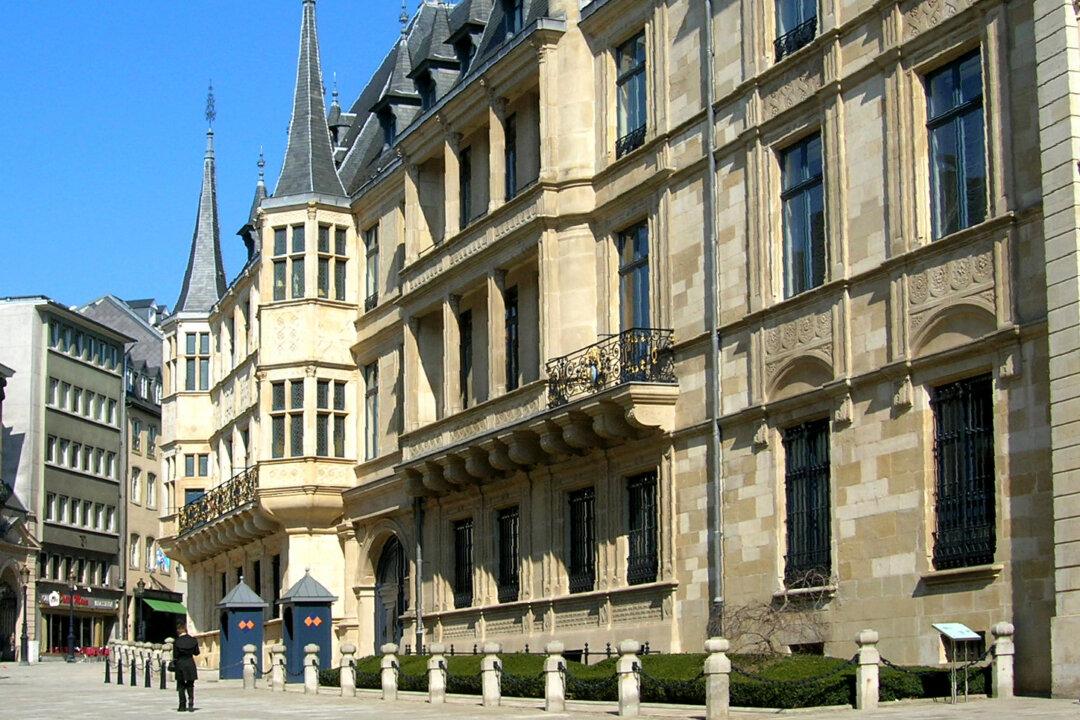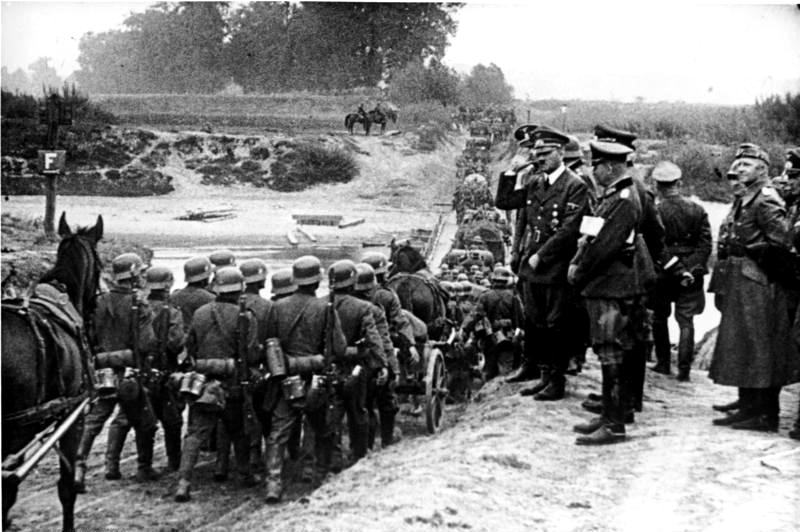As I head for my hotel across Place d'Armes—a traffic-free zone that’s more like a large outdoor patio than the traditional hub of a city—sounds of laughter, tinkling glasses, and snippets of conversation in French, German, Luxembourgish, and English emanate from cafe tables that line its four sides.
I am in Luxembourg City, a little global village with a multicultural and multilingual population, the capital of the Grand Duchy of Luxembourg.






